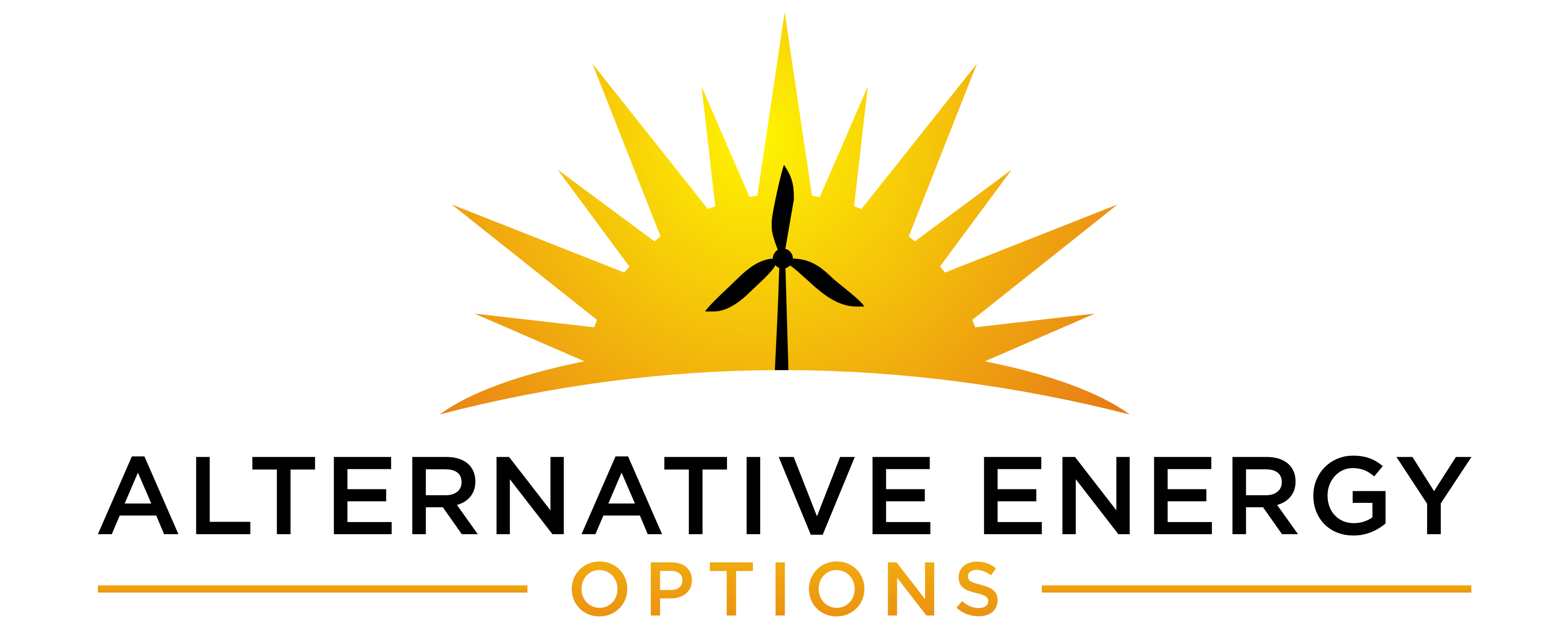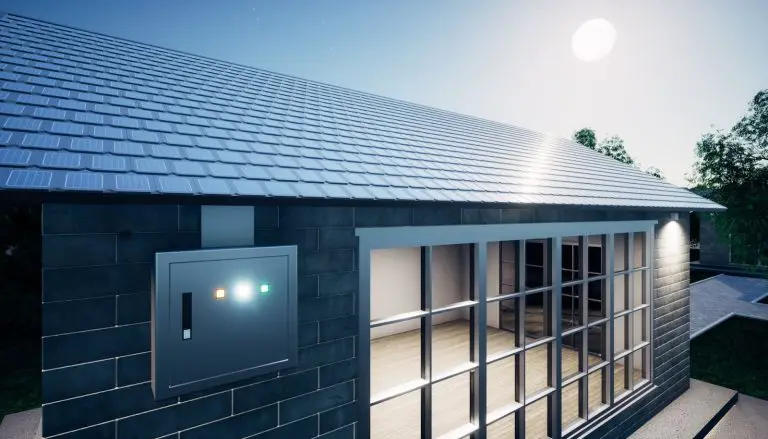How Solar Energy Is Captured: Multiple Methods Explained
Are you curious to know how solar energy is harnessed? Solar energy is widely becoming used across the globe, and the technology behind it is evolving and improving quickly. So now more than ever, it is essential to have a basics education on it.
Solar energy is harnessed using photovoltaic cells typically. These cells convert the sunlight into electricity. While solar thermal technology uses the heat from the sun to produce hot water or steam, solar heating and cooling technologies provide hot water and space heating.
Let’s see what people commonly do to harness solar energy.
What Are The Types Of Solar Energy?
There are different types of solar energy that you can transform into electricity or a source of energy for cooling and heating. Here are the different types of solar energy:
- Photovoltaic solar energy
- Concentrated solar energy
- Water heating solar energy
- Solar pool heating
- Thermal solar energy
- Passive solar heating
Each of these ways to harness solar energy uses different materials and techniques, making them suitable for various purposes such as providing power to individual houses or industries.
Photovoltaic Solar Energy
The word photovoltaic comes from the Greek “photo,” which means light, and “voltaic,” which means connected to electricity. It refers to the name of Alessandro Volta, who first used the volt as the measure for an electronic unit.
It is the most common source of solar energy created through solar panels made of unique materials able to collect sunlight. Once the sun rays hit the panels, they can transform them into electricity sent to the grid, batteries, or you can choose to use it directly.
When people hear about solar energy, they probably think immediately about the solar panels on a rooftop. But there are many other alternative ways to harness solar power.
Concentrated Solar Energy
Concentrated solar energy, abbreviated as CSP ( Concentrated Solar Power), is used in massive structures or installations made to provide a large quantity of energy, for example, to the grid.
It generates solar power using mirrors and lenses to concentrate sunlight onto a specific receiver, creating electricity. Since solar energy is collected from a wide area and concentrated in one particular spot, it can generate electricity.
Water Solar Heating

Water solar heating has a long history and goes back many decades. People used it to heat the water inside tanks by exposing them to the sun. The principle is the same, although today it is possible to use more advanced technology.
A solar water heating system comprises several components such as tanks, solar collectors, pipes, etc. Altogether, this system can get water up to 80 ºC.
Solar Pool Heating
Solar pool heating uses a system of pumps, solar collectors, filters, and other devices. It collects the heat from the sun and uses the energy to raise the water temperature as it circulates through a series of pipes and tubes.
Water pumps to the water collector, heated by the sun, and then returned to the pool. The water is also going through filters, and when it returns to the pool is warm and clean.
Thermal Solar Energy
Solar thermal energy, also abbreviated as STE, is a way to harness solar energy and transform it into thermal energy, typically for industrial purposes. The method used is to have liquid go through a series of tubes with the intention of heating water to produce electricity.
This method also uses mirrors and lenses to concentrate the sun’s energy to heat the pipes already filled with water or fluids. In most cases, the water turns to steam. Its pressure builds, and the pressure is converted into mechanical energy to move a turbine generating electricity.
There are several types of solar thermal energy systems:
- Linear concentrating systems
- Linear Fresnel reflectors
- Solar power towers
- Solar dishes
Passive Solar Heating
Passive solar heating is a way to harness solar energy through the proper building design and positioning. By positioning a building in a certain way and positioning windows in a specific direction, it is possible to minimize energy costs.
Passive heating includes:
- Site selection
- Home design
- Properly oriented windows
- Materials used to build the house or building
- Heater and cooling distribution systems
A home built to collect passive solar energy is meant to collect the heat during sunlight through the south side. Therefore, devices and materials able to store the heat are strategically placed in position.
The building materials such as bricks, tiles, and concrete should be able to absorb the heat and store it to keep the house warm without using electricity or gas.
What Is The Most Common Way To Harness Solar Energy?
The most common way people harness solar energy is through solar panels using Solar Photovoltaic cells (PV). The sunlight hits the cells that are made of semiconductors specifically made to conduct electricity.
The way how solar cells create electricity is simple. Sunlight consists of photons, and when they come into contact with the semiconductor material of the panels, they make a stream of electrons travel through an electronic circuit and thus generate electricity.
The electricity created by the motion of electrons can be gathered into batteries, used directly to power any device, or sent to the grid.
Each solar panel has a lot of cells, and each cell produces a small flow of electrons. Therefore, many panels with many cells can gather quite some electricity.
How To Harness Solar Energy At Home
There are more ways to harness solar energy at home. With a bit of creativity, it is possible to use solar energy to power many applications without depending on solar panels only. In some cases, it is possible to use many solar energy sources simultaneously.
You can harness solar energy for your house using these other systems:
- Thermal storage tubes
- Skylights
- Outdoor lighting
- Solar oven
- Solar power banks and charges
- Portable solar generators
You can charge many other things through solar power, such as fans and other house appliances. So again, this is a way to lower further energy bills and have plenty of functioning things, even without the regular power supply.
For example, a solar water heater can help to reduce energy bills drastically and can be set up independently from the main solar panels on the rooftop.
In addition, if you live in a rented space and do not want to invest in solar panels, you can use other solar devices for your daily activities and still cut your utility bills.
Frequently Asked Questions
How Does Solar Energy Affect The Environment?
Solar energy is a clean, renewable source of electricity. It doesn’t create pollution, and it reduces the adverse effects created by other sources of energy if used instead of them.
However, there are also adverse effects on the environment, such as the significant energy demand necessary to create solar panels. We have yet to resolve the recycling issues.
Who Discovered Solar Energy?
Edmond Becquerel invented the solar energy collection in 1839 during photography experiments. He could observe that some materials were conducting electricity when exposed to light. He immediately conducted experiments to prove it with two plates of platinum and gold, creating the first electronic cell.
What Is The Biggest Problem With Solar Energy?
The biggest problem with solar energy is that it is not always available because it depends on the sun shining. Nights and cloudy days will prevent using solar energy unless you previously charged your batteries.







